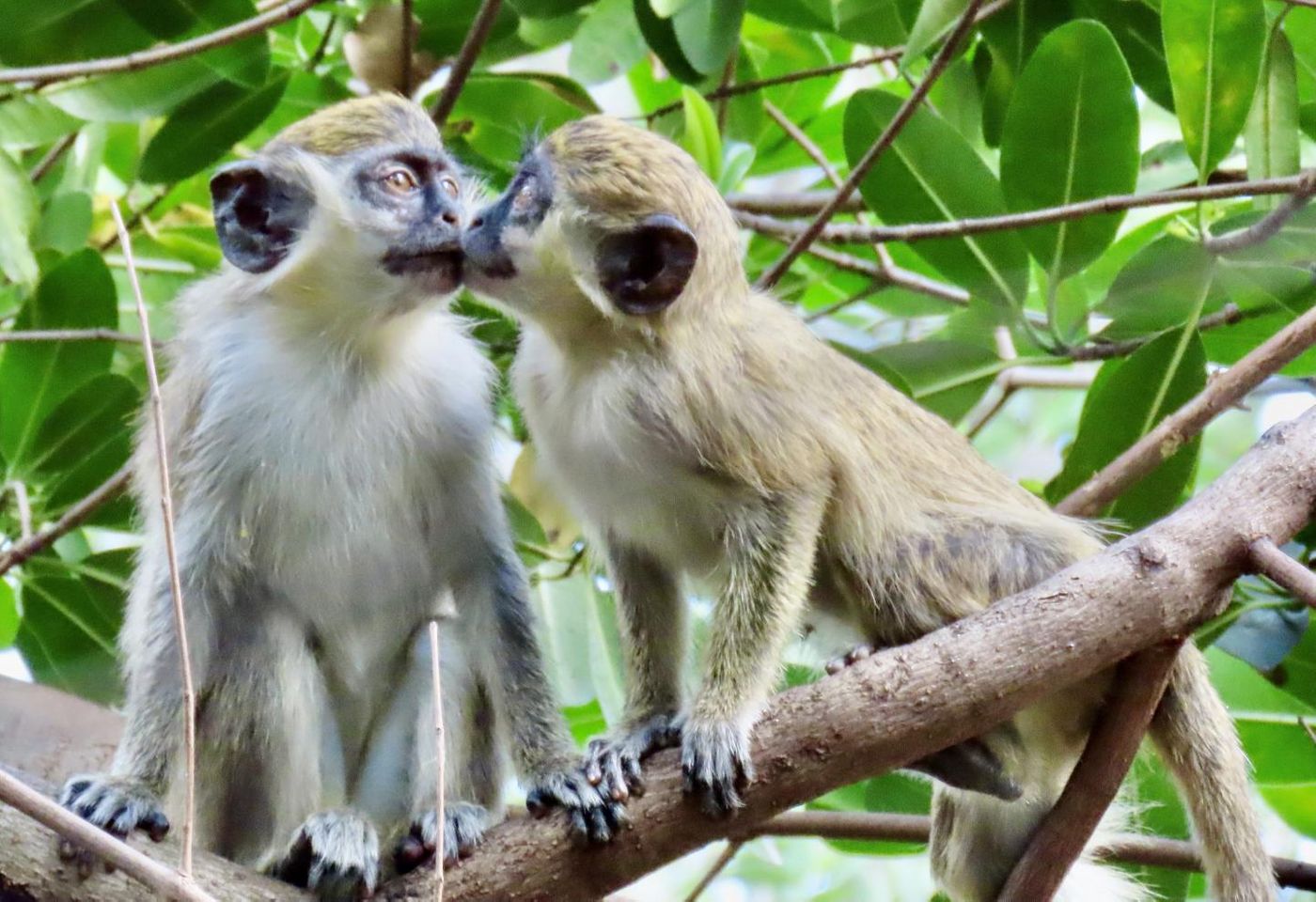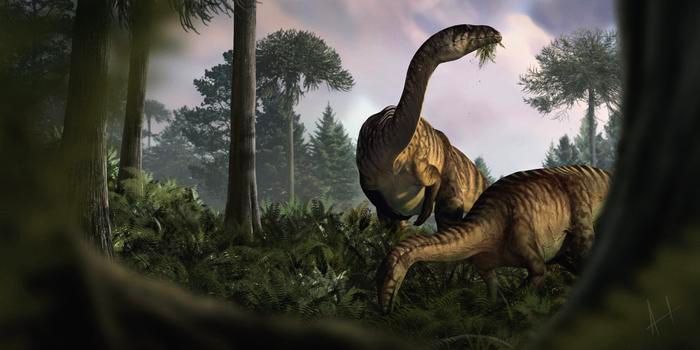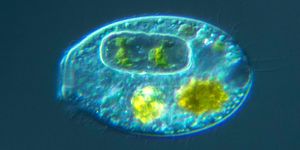Where Did the Monkeys Near Fort Lauderdale Airport Come From?
A colony of wild African vervet monkeys calls a thick mangrove forest near Fort Lauderdale's airport home. New research has investigated this colony of monkeys, which apparently settled in the area near Dania Beach, over 70 years ago. This is an urban area, and locals are well aware of these monkeys, but little is known about their history.
A team of researchers has now used genetic tools and other approaches to show that these monkeys are Chlorocebus sabaeus that escaped from the Dania Chimpanzee Farm in 1948. This facility was a zoo as well as a supplier of research animals that came from Africa and were used in polio vaccine research and other studies. The findings have been reported in the journal Primates.
The investigators found historical evidence suggesting that the monkeys were captured in Sierra Leone. When they analyzed genetic markers on the Y chromosome and in the mitochondrial DNA, they confirmed that the monkeys on Dania beach are descended from West African monkeys. They are Chlorocebus (green monkeys) that have lived for decades in this nonnative environment.
During the study, a database was created using photos of the individual monkeys. It catalogs various characteristics, like tail tip color.
"Our monkeys in Dania Beach have a golden-tipped tail and greenish-brown hair, lack a pronounced brow band around the face, and males have a pale blue scrotum. These phenotypic traits are characteristic of Chlorocebus sabaeus," said lead study author Deborah "Missy" Williams, Ph.D., of the Biological Sciences Department in FAU's Charles E. Schmidt College of Science. Williams has studied these monkeys for nearly a decade, working to conserve the population and leading the Dania Beach Vervet Project.
The green monkeys have fur colors ranging from greenish-brown to grayish-green, and have black hands, feet, and faces. They are endemic to West Africa, and are found from Senegal to Ghana and west Guinea-Bissau. Their range is only limited by their access to water and trees to sleep in.
"Data from our study lays the groundwork for future studies to address new questions about the status of the population and how the monkeys have adapted to the urban and industrial environment of South Florida," said Detwiler. "The correct taxonomic identification and history of the introduced Dania Beach monkeys is important for community outreach and wildlife management, given the remarkable ability for Chlorocebus to thrive in most environments."
There are three primate species that have been introduced to the wilds of Florida by entertainment venues and research facilities. Other than the green monkey, there are free-ranging Saimiri sciureus (squirrel monkeys) and Macaca mulatta (rhesus macaques).
Sources: AAAS/Eurekalert! via Florida Atlantic University, Primates









